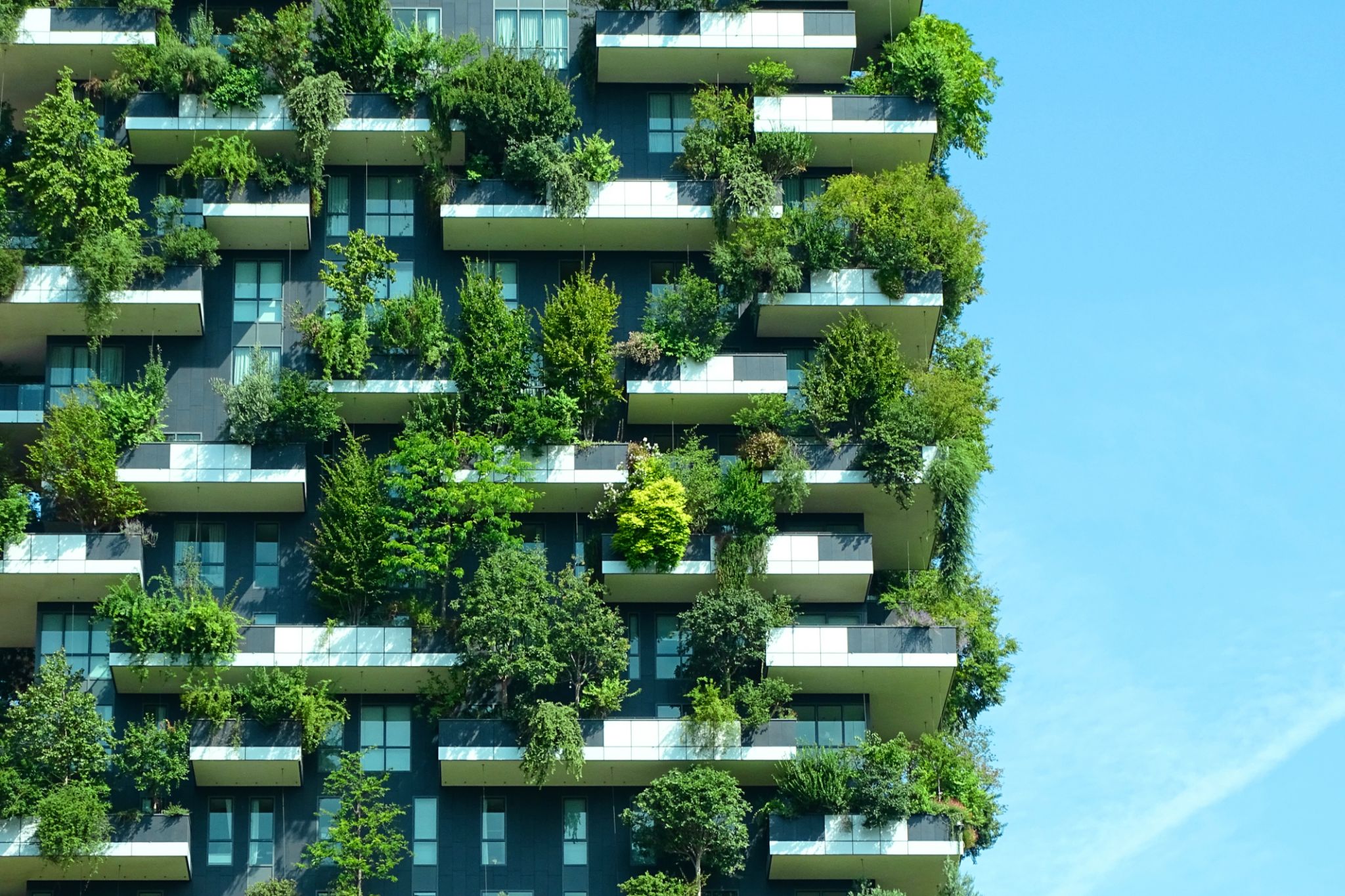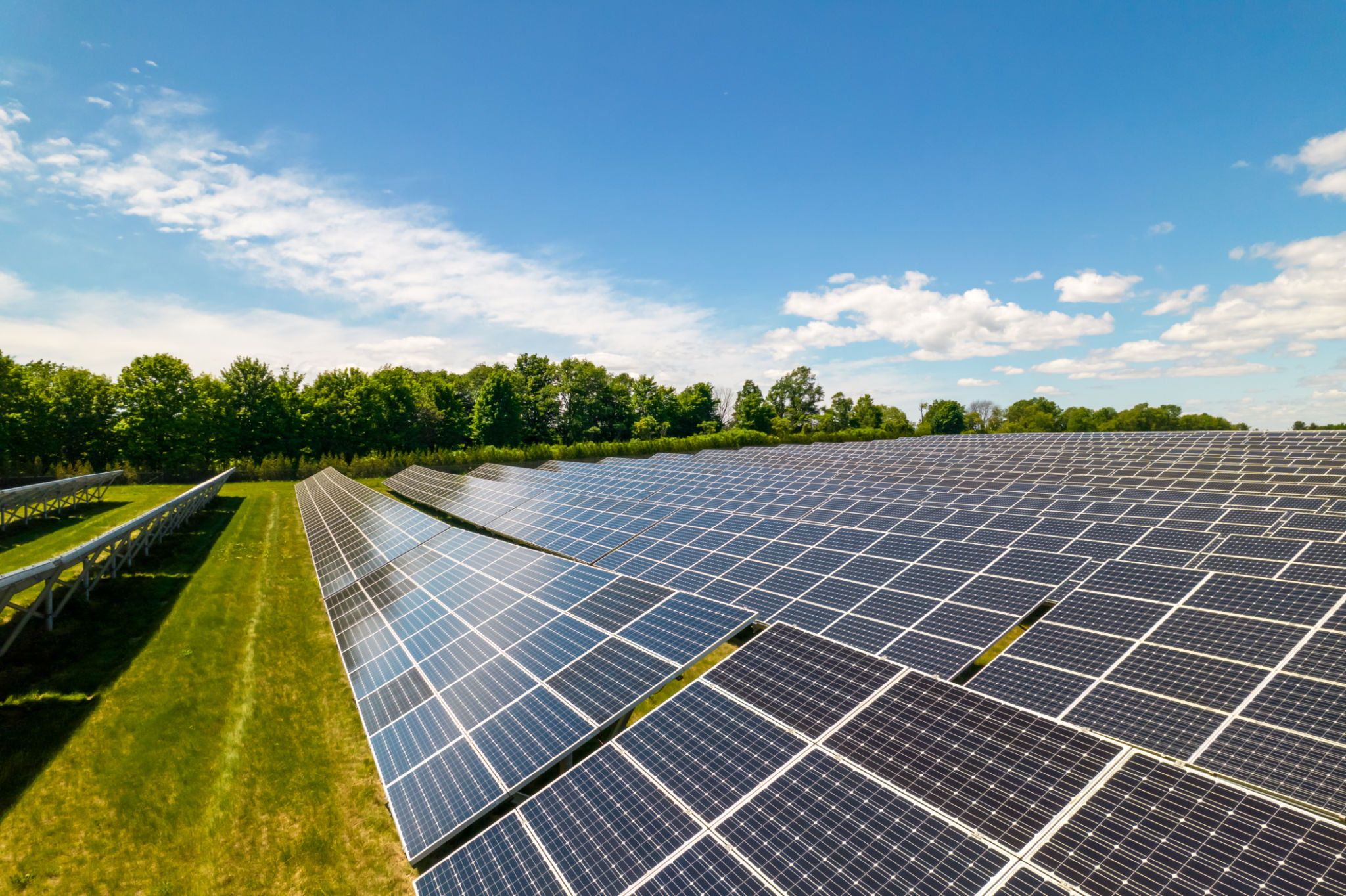The Benefits of Green Building in Real Estate Development
EC
Understanding Green Building
Green building, also known as sustainable building, is the practice of creating structures that are environmentally responsible and resource-efficient throughout their life cycle. This includes everything from design and construction to operation, maintenance, and eventual deconstruction. In recent years, green building has gained significant traction in the real estate industry due to its numerous benefits.

Environmental Impact
One of the primary benefits of green building is its reduced environmental impact. By using sustainable materials and energy-efficient systems, these buildings help conserve natural resources and reduce pollution. For instance, installing solar panels and using geothermal heating can significantly decrease a building's carbon footprint. Additionally, green buildings often incorporate water-saving technologies, which help preserve this precious resource.
Cost Efficiency
While the initial cost of green building can be higher than traditional methods, the long-term savings are substantial. Energy-efficient systems and materials can lead to lower utility bills and maintenance costs. Over time, these savings can offset the initial investment, making green buildings a cost-effective choice. Furthermore, many governments offer incentives and tax breaks for sustainable construction, further enhancing the financial appeal.

Health and Well-being
Green buildings are designed to improve the health and well-being of their occupants. By using non-toxic materials and improving indoor air quality, they create healthier living and working environments. Natural lighting and improved ventilation systems found in green buildings also contribute to better mental and physical health for occupants. This focus on well-being can lead to increased productivity and satisfaction among tenants and employees.
Marketability and Value
The demand for sustainable living spaces is on the rise, making green buildings highly marketable. Real estate developers who embrace green practices can attract environmentally conscious buyers and renters who are willing to pay a premium for sustainable features. Additionally, green buildings tend to have higher resale values and can provide a competitive edge in the market.

Future-Proofing Investments
As environmental regulations become stricter, investing in green building practices helps future-proof real estate developments. By adhering to sustainable standards now, developers can avoid costly retrofits and penalties in the future. Moreover, green buildings are more resilient to climate change impacts, such as extreme weather events, ensuring their longevity and durability.
Community Benefits
Beyond individual gains, green buildings contribute positively to communities by reducing pollution and waste. They often include green spaces that enhance local biodiversity and provide public recreational areas. These improvements foster a sense of community and promote social responsibility.
- Reduced environmental impact
- Cost efficiency over time
- Improved health and well-being
- Increased marketability
- Future-proofing investments
- Community benefits
Conclusion
The shift towards green building in real estate development is not just a trend but a necessary evolution in response to environmental challenges. By embracing sustainable practices, developers not only contribute to a healthier planet but also enjoy numerous economic and social benefits. As awareness continues to grow, green building will likely become the norm in real estate development.